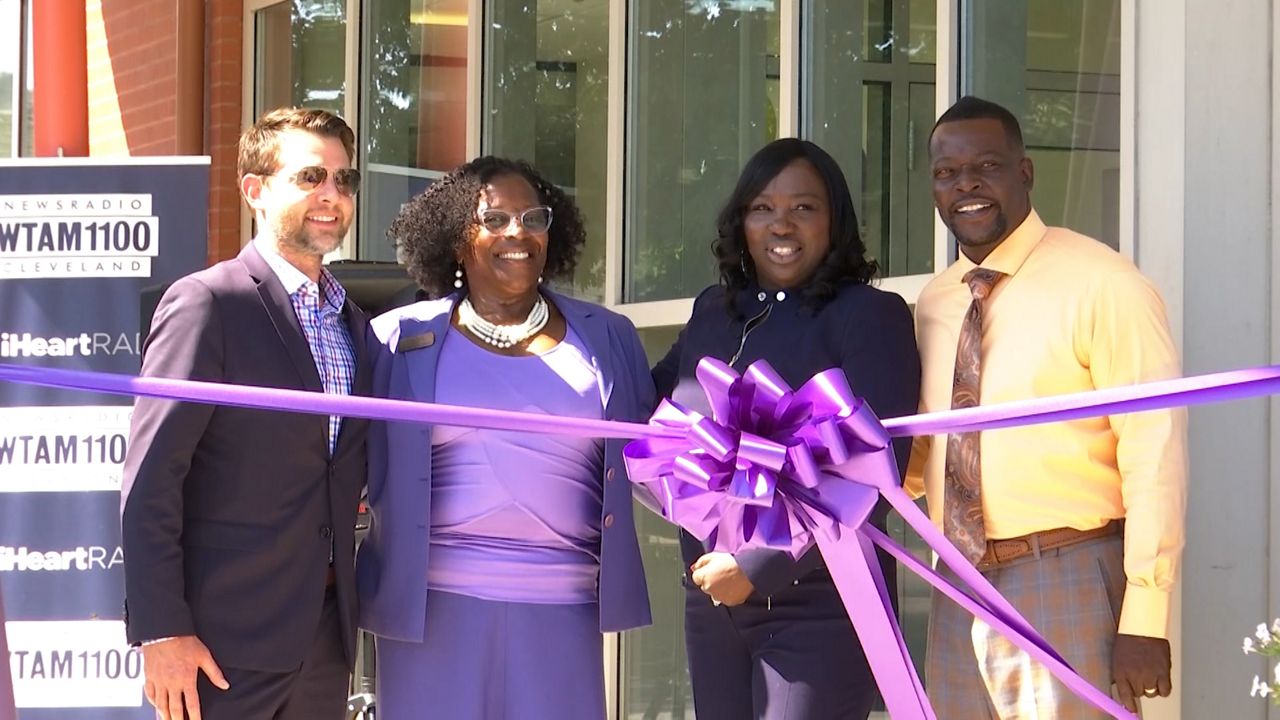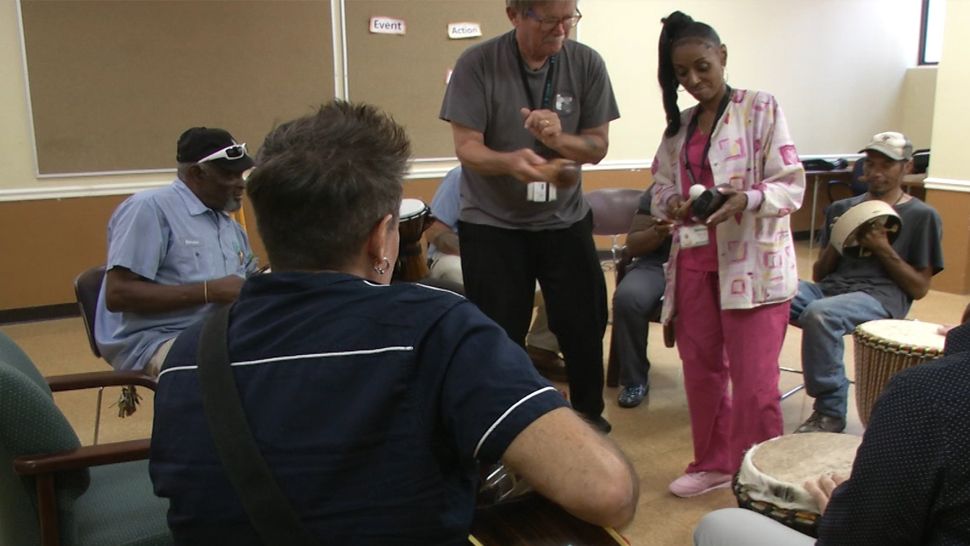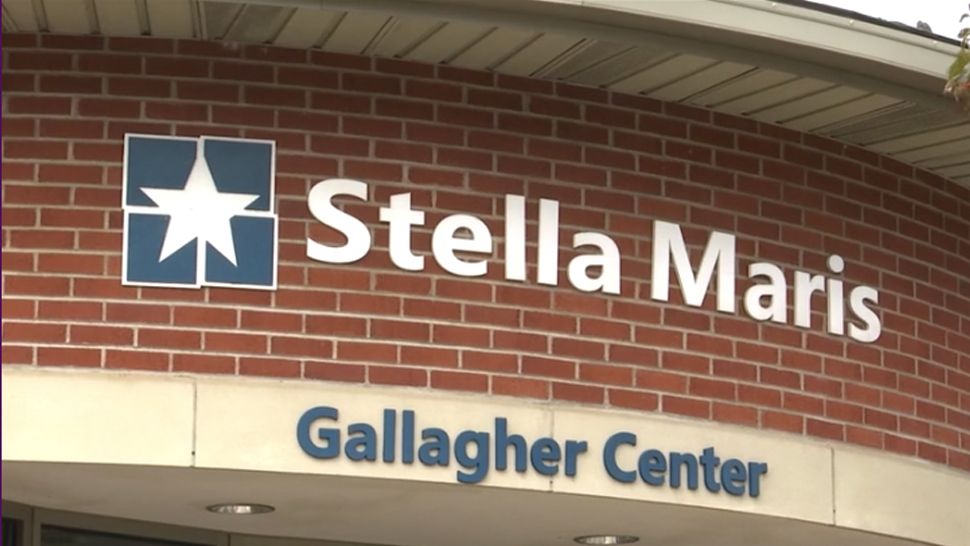FAIRBORN, Ohio —The city of Fairborn is looking to be reborn, and the room of deliverance is an abandoned theater.
- Ohio has long been the epicenter of the opioid crisis
- A Fairborn native documented two brothers’ journey to recovery
- The town of Fairborn refurbished their theater that sat vacant for nearly two decades
“This piano was here for, I don’t know how long, but I’m pretty sure there was a squirrel living in it,” said Jordan Terrell, documentarian.
Jordan Terrell is a Fairborn native, and documentary film maker.
He's telling dual stories of redemption, beginning with the corrosion of his hometown ravaged by opioids, and spaces forgotten in-between.
“I found myself in the middle of this epidemic nationwide, and one of the biggest stories in America, and it was right at my back door,” said Terrell.
Four years ago, he began following two brothers, choked by the hands of addiction.
“The film is very unique, because you sit passenger’s side of somebody going from preaching sobriety, to full-fledge relapse and addiction. You see that duality of a person,” said Terrell.
That duality can also be seen in the walls of the Fairborn Theater, chosen for the film’s first screening Saturday night.
For nearly two decades, the Fairborn Theater sat dormant — until Terrell convinced city leaders to give it a second chance.
“Can’t quite describe how elated, ecstatic I’ve been with the city since February of 2013, and we have worked to see if we can’t get some reuse in this building for years. I can tell you, the last movie I saw in here was in 1992, was Major League II, said Mike Gebhart, assistant manager, City of Fairborn.
While the theater has a long way to go, so does Fairborn.
“I’d call it an epidemic.” said Ricketts.
Fire Battalion Chief Patrick Ricketts says opioids still have a stronghold on the city.
“You can always tell when there’s a new batch in town, or the dealer comes around, because we get a lot of calls. It comes in spurts,” said Ricketts.
Evidence of drug use can be seen most places, including the theater itself.
Tucked behind the projection room is an undressed mattress, next to discarded heroin paraphernalia.
It’s a scene unsurprising to Terrell.
“During this documentary, I lost around 10 friends from my high school class. From Fairborn. Just from Fairborn High School. Ten people died from an overdose,” said Terrell.
But for Terrell, Gebhart and Ricketts, this space is one of opportunity, not atrophy.
“The opioid crisis is huge. The particular story is about a pair of brothers from Clark County, but they could’ve been from Anywhere, U.S.A., and I think what Jordan has captured will shine a light that redemption is possible,” said Gebhart.
That redemption began Saturday night.
“This is a spark in hope to turn this into something great again,” said Gebhart.









